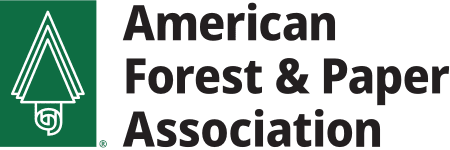People want to know, is the paper industry really sustainable? The answer is yes! Your essential paper products are sustainable. The paper industry is a leader in sustainability, taking steps to reduce GHG emissions, increase energy efficiency and advance sustainable forest management. …
